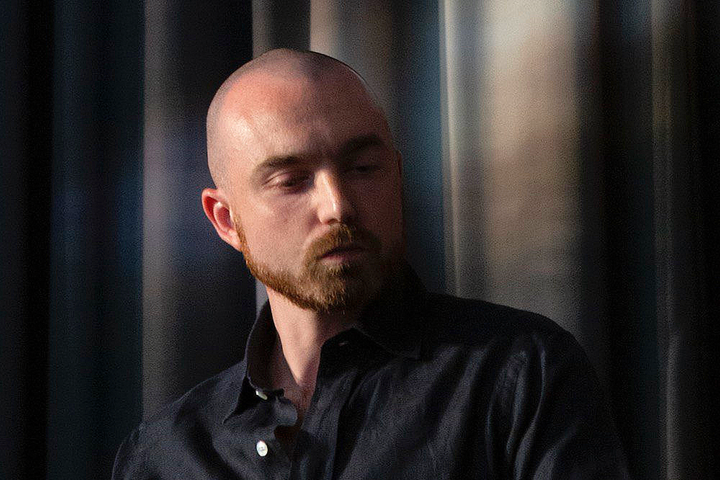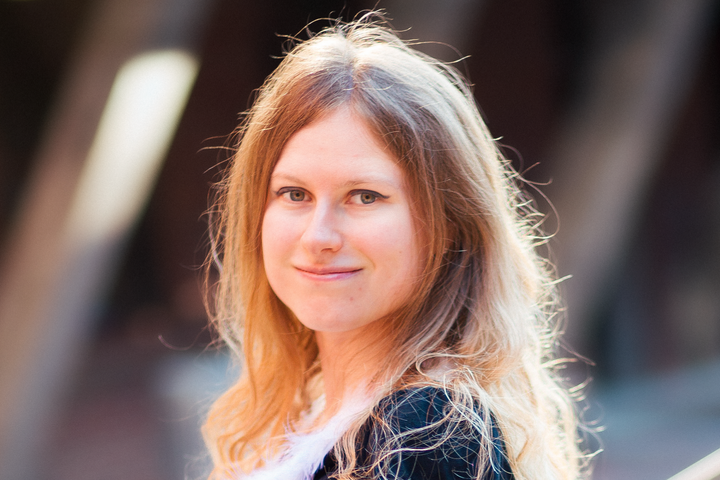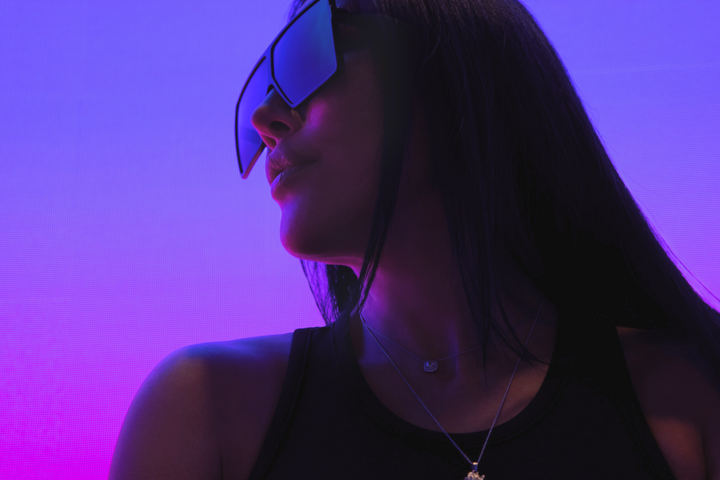Pauline Foessel on NFTs As Art Prints On Your Walls and Technology That Can Change Every Art Lover Into A Collector

Interview with Pauline Foessel, Founder of Artpool
What are the challenges for people encountering NFTs for the first time?
Very often, they believe that they need to own and understand crypto and NFTs in order to collect NFT-based art. These are critical barriers to entry. At Artpool, we have created an easy check-out where people can pay by credit card while their crypto wallet is created automatically.
The second barrier is intangibility–collecting art you can’t hang on your walls.
Another obstacle, which is not directly linked to the crypto space, is about buying art online without the human component People who love art care to know the artist or the curator or the storytelling behind the works.
And last but not least, many people do not know where to look for NFT-based art, they hear about it in the media, but what comes up is not necessarily to their taste. They don’t actually know that artists working in museums and galleries are also creating digital art pieces sold as NFTs.
That's what platforms like ours are for, and I am working every single day on having way more people buying art. I’ve worked in the art world for nearly fifteen years and I believe that there is a distance with the general public and a lack of inclusivity. New technologies can help us improve and reach a broader audience and let more people collect. Editions by emerging artists are affordable, and it's our role to show the possibilities.
What is your take on the Etherium merge?
It's great news. We were waiting for it for a long time in terms of the environmental aspect, which is a great concern for the art industry. But we also need to consider that the greatest liquidity volume remains on Ethereum. There are other great blockchains doing an interesting job in the arts (Tezos, Palm) and I think they will continue to grow, but Ethereum remains the main one. The only thing I would add about the merge, is that I was expecting the cost of transactions to go down, it was unfortunately not the case.
Are there any problems right now in the crypto art scene?
From what I am observing, we're doing a pretty good job. It’s still early days, but I see dedicated and passionate builders in the space. Curation was a leitmotif in all the Twitter spaces that I participated in last year, but it's getting better. As in the physical world, you will always have professional curators and others who will just select artworks.
A problem I do see in the space are the high prices that are not correlated with real value and artists’ careers. But I believe this will evolve as the space grows.
You describe Artpool as the first curator-driven NFT platform, what does it stand for?
Before launching the Web3 side of Artpool, we built a social network for art curators, four years ago–a kind of LinkedIn for curators. Now we have more than 900 curators internationally. The point of launching the NFT side of things is to support them in creating new digital revenue for the artists and the spaces they already work with. Most of the time, curators who create collections with us pair them with an exhibition they are working on, it's kind of an online store for them. So what we present is always curated by professionals working with galleries, museums, nonprofits, and so on.
What issues can NFT technology solve in the art market?
I see it as a really broad opportunity. For the artist, it is a new digital revenue stream. Many artists work with the digital, even if only in the process of creating physical pieces. So potentially there are ways to challenge them to explore these new technologies, it's not just NFTs but Web3 at large. From the gallery perspective, I would be very interested to see double programming, both in the physical and in the digital spaces. For museums, it’s interesting to raise funds and organize exhibitions, and sell editions and collectibles usually found in their stores. I see the future in the metaverse not as a replica but as an essential extension, which could connect museums with new audiences.
In general, the art world has been programming online, but whereas on Instagram you kind of need to pay to be seen, in Web3 you are being paid to create content. This is an amazing tool to revolutionize art editions for instance, which won’t need the same investment to scale production and logistics. We use this technology to allow more art to see the light. With us, curators create a collection and then we offer it as prints to the collectors. It's a shift in mindset where we say the value is in the digital file, but you can still live with something tangible, which doesn't have to be on a screen.
How have NFTs influenced artists, overall?
We are still very far from massive adoption, many people don't understand NFTs. But generally, artists are intrigued, and we have had really interesting discussions with them, because we are proposing something they can grasp.
How about collecting, what changes have you observed with the introduction of NFTs?
It’s fascinating because I've met quite a lot of NFT collectors who started contacting galleries and following up on artists and their works. They are people entering the NFT space and ending up buying physical art. If you already understand how to collect the intangible, you also understand how to collect the tangible. The reverse is harder. There are more traditional collectors however who were previously interested in digital and computer art, and they are probably doing their research about NFTs already. But many collectors are still very skeptical about something that is intangible. It's not there yet, and I don't know if it will ever be, it will still probably remain a niche.
This is why I am interested in the technology, and I want to use it for art lovers more than just for classical art collectors. More people can afford art editions and prints.
What’s Artpool’s business model?
We take a 15% commission on sales and the remaining 85% are distributed between the artist(s) and the curator(s). Additionally, we manage art projects for brands and events for a fee.
What are Artpool’s milestones?
Creating the social network for curators, it’s the human factor at the base of everything. Then going into Web3 and NFTs and convincing curators to launch their first collections. And today, it’s building our community of art lovers, ready to buy the art available on the platform.
What is your vision for Artpool?
To become the go-to platform where to buy an art edition and put something on your wall. I see physicality as something extremely important. And beyond the esthetic aspect, you actually finance really amazing non-profits, artists, and curators. I wish we could unplug a way of having more revenues for the art ecosystem thanks to the digital space.
Why is it important to have curators?
Curating is not just selecting, which is what we see everywhere, “select, select, select.” Curators look deeply into the artist's work, they have discussions with the artists and challenge them. They create that narrative for the audience to understand the work. Some great artists talk very well about their work, but that’s not everyone. You can read about an artist, a work, and get the concept, but there is so much more value in someone bringing you to a higher level.
What is your perspective on NFT art in general?
I'm not a specialist in crypto art. I was more interested in post-Internet art. NFTs are at the end of it, a means to sell, not art itself. One of the aspects that fascinates me in the crypto art movement is this new way for artists to bring on-board audiences and communities into their creative process.
There are many different types of artists in crypto art, and like with art in general, it’s about how you define what art is. I have a simple answer, an artist is not creating just to sell, it's not a brand. The moment you create massive collections just for that purpose, it’s something else, it could be design or branding. You do have amazing NFT projects that created brands without a product. I respect this, but it’s not what artists do. But for instance Cryptopunks will remain in art history for what they did and the way they did it. And there are many other projects that I love, Doodles, for example–I think it's super cool. But do I see it as art? Not really, rather as a way to wonderfully create your brand. I feel the same about Bored Apes: it’s a very interesting VIP club. The question is, do artists want to put something out there or just create a group? It can be relevant to build a company and a community, but it’s not as layered as art.
Where do you see NFT art in the future?
I believe we will start having adoption, more classical artists coming in and doing their thing. Now it's on our side, as platforms, to find the market for them so they stay.
Pauline Foessel is the curator and entrepreneur behind Artpool, an innovative platform for art professionals and art lovers, that combines social network and blockchain technology for curators and artists to connect, collaborate, and generate revenue through the sale of art editions as NFTs. Foessel has extensive experience directing art institutions, galleries and studios, such as Alexandre Farto’s Vhils Studio. She’s the co-director of Underdogs Gallery and has previously held management and development positions at Galerie Magda Danysz in Paris and Shanghai, and at the Hong Kong Contemporary Art (HOCA) Foundation.



